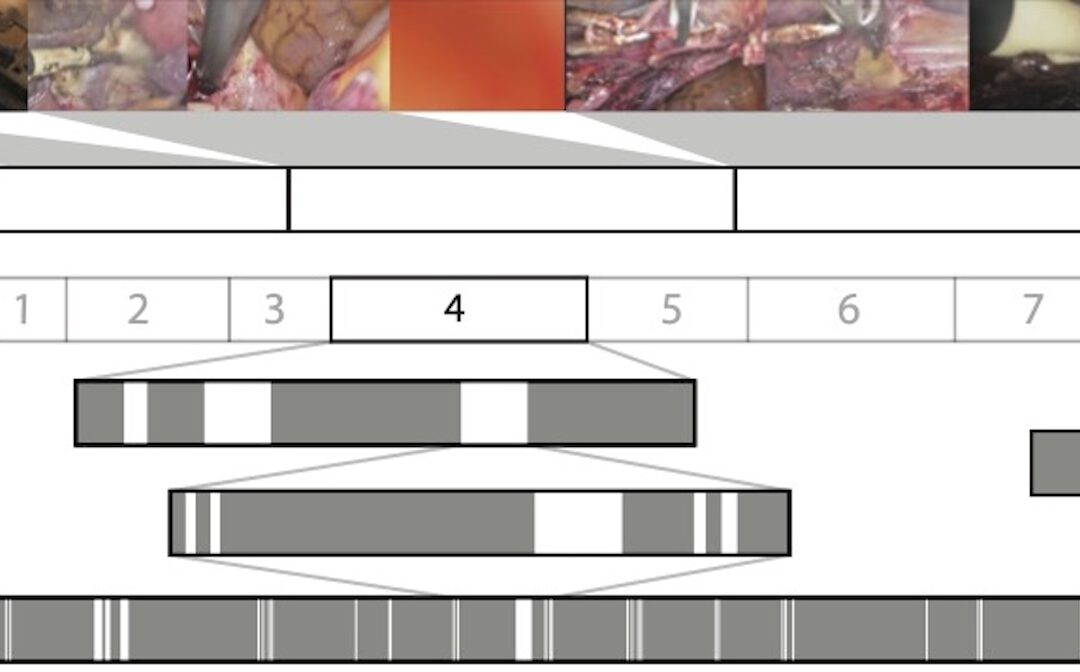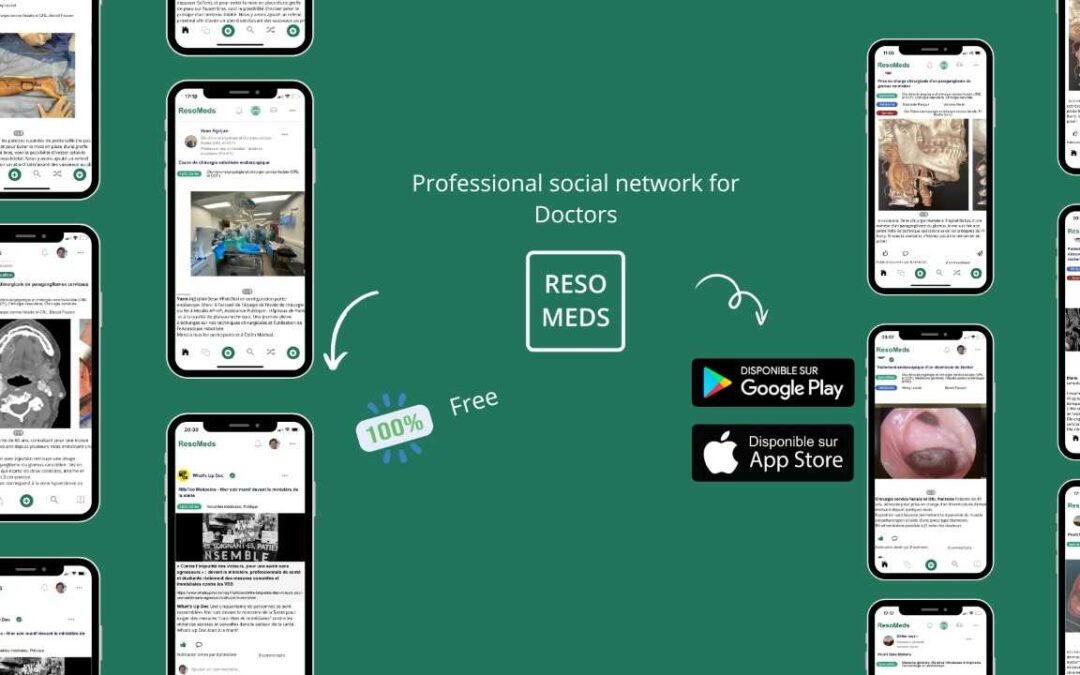In otolaryngology, a new publication shows that an educational video improves anatomy learning and knowledge retention in the long term. This study conducted by the ENT team at Necker-Enfants Malades, APHP (Université Paris Cité) and led by Pr François Simon shows the importance of using video in surgical courses for residents.

Educational video
The video has been edited to add overlays, arrows and narration to make it more educational. It is available free of charge on YouTube in French (https://www.youtube.com/watch?v=3kUXPrAZC88) and in English (https://www.youtube.com/watch?v=63eE44eADFU)
An educational surgical video on a cadaveric subject (Ecole de chirurgie du Fer à Moulin, APHP) has been produced to improve teaching of anatomy of the middle ear. This bony cavity, which lies behind the eardrum, is highly complex because it has to be interpreted in three dimensions, and the usual 2D diagrams or drawings make retention difficult. Using an endoscope to film the inside of the cavity gives a three-dimensional rendering that makes it possible to understand the positioning of the anatomical landmarks in relation to each other.
Then, as explained on our website, the video was edited and overlays, arrows and narration were added to make the video as educational as possible by following the IVORY guidelines, to make otolaryngology videos more educational.

Publication
This publication is based on Dr Valentino Caputo’s medical thesis.
The publication Educational endoscopic videos improve teaching of middle ear anatomy, published in the European Archives of Oto-Rhino-Laryngology in April 2024, studies the benefit of the educational video in teaching middle ear anatomy to ENT residents in Paris, compared with traditional courses based on drawings. A questionnaire to assess anatomical knowledge was carried out immediately after the course and at a distance, and showed a significant benefit in both the short and long term, especially for more senior residents.
Article written by François Simon.
You may also want to read

Surgical Video Summarization: Multifarious Uses, Summarization Process and Ad-Hoc Coordination
While surgical videos are valuable support material for activities around surgery, their summarization demands great amounts of time from surgeons, limiting the production of videos. Through fieldwork, we show current practices around surgical videos. First, we...

ResoMeds: a social network sharing videos
Case reports enrich medical knowledge and training, and improve practice [1-4]. However, their publication is often limited in existing journals [5]. We aim to highlight the importance of creating a platform for physician exchange to promote peer learning, case...

Surgical videos: using the most efficient medium. AGOF’s associative experience
In 2010, the French National Authority for Health (HAS) issued the famous slogan for apprentice surgeons: "Never perform surgery on a patient for the first time" (1). It is sometimes difficult for a young surgeon to accept that he or she has not received sufficient...

The role of educational surgical videos for gynaecology and obstetrics residents
How can we offer obstetrics and gynaecology residents high-quality surgical training at a time when the number of "simple surgeries" is decreasing due to an increase in complex recruitments in expert centres, when the time devoted to them is being reduced due to...
